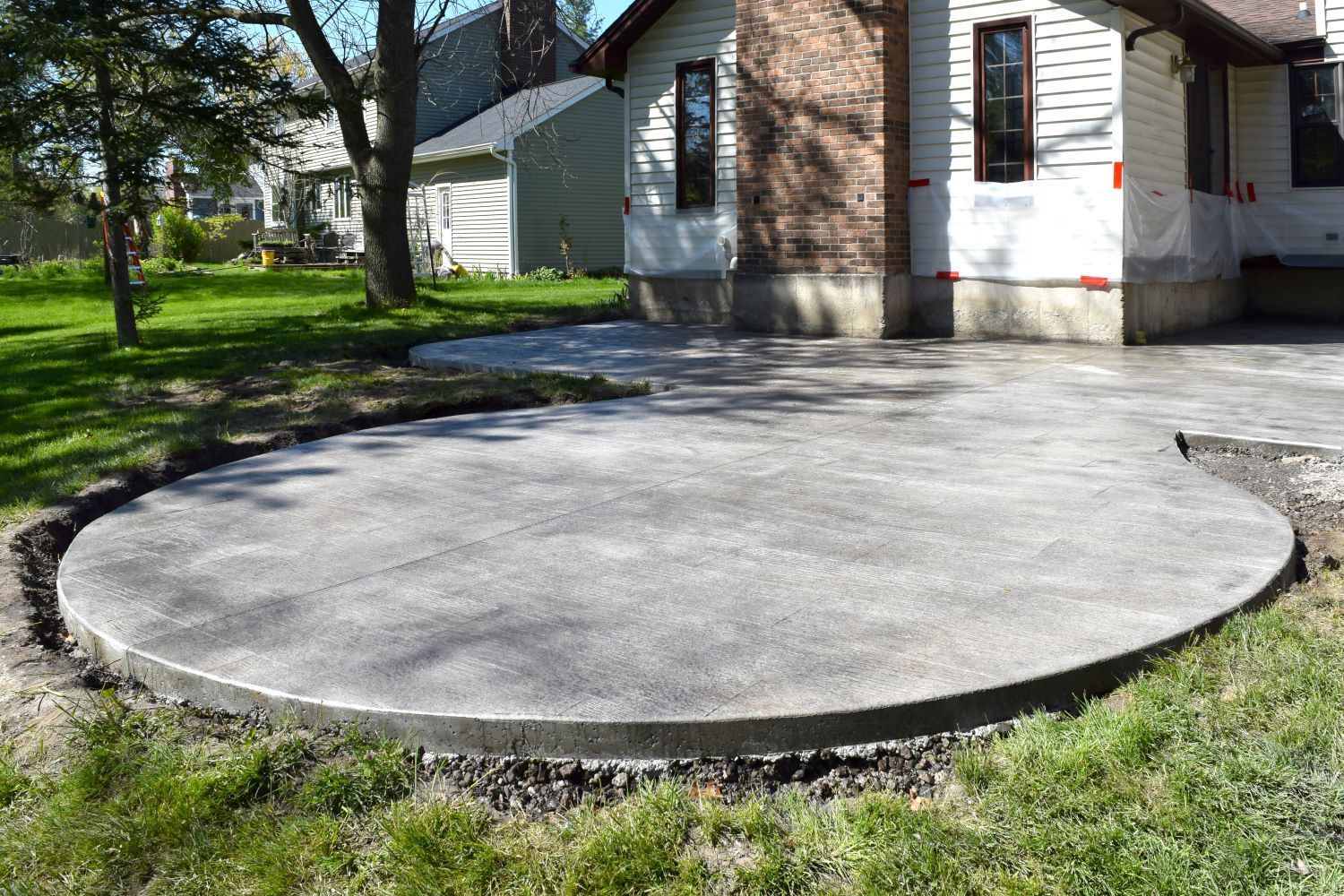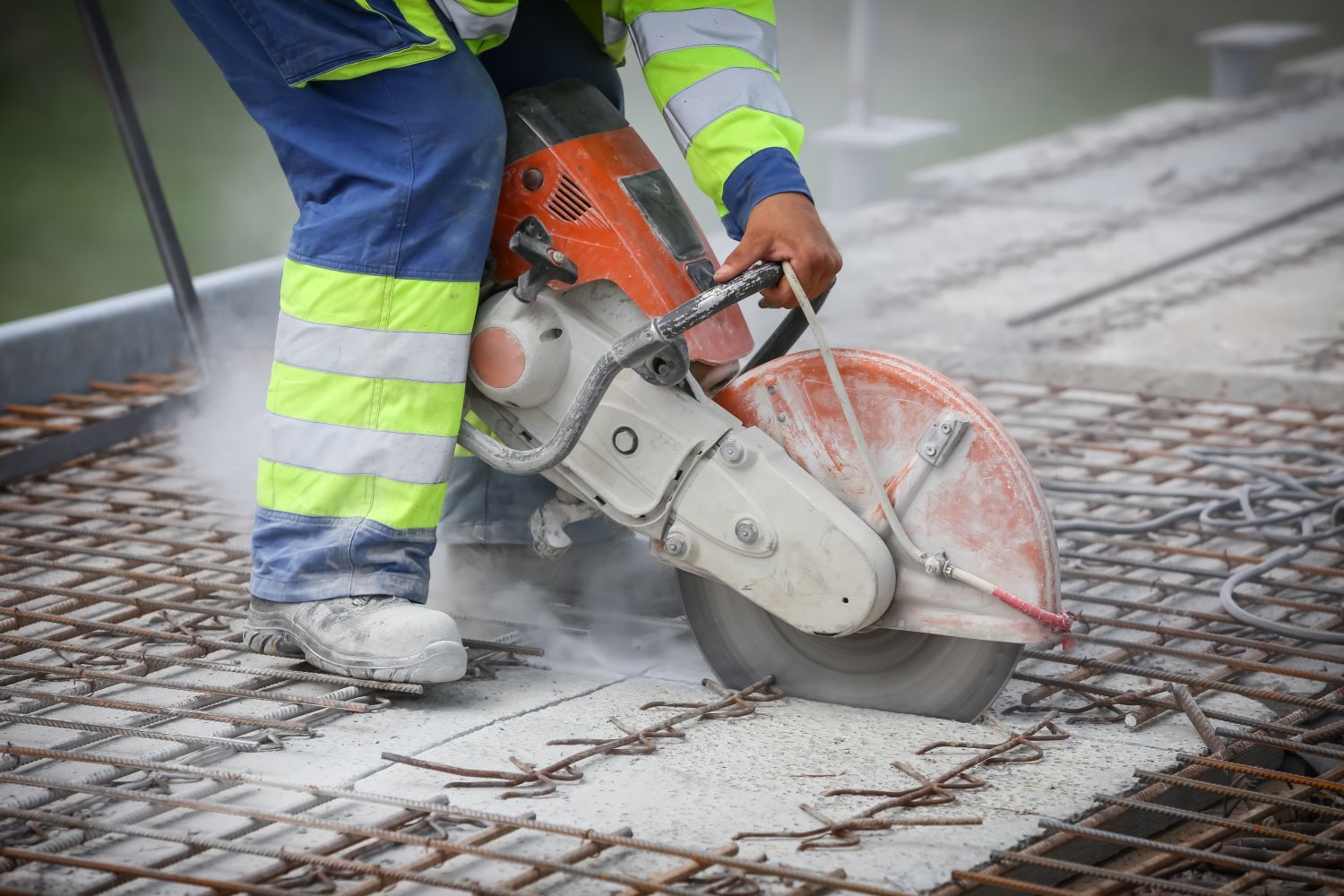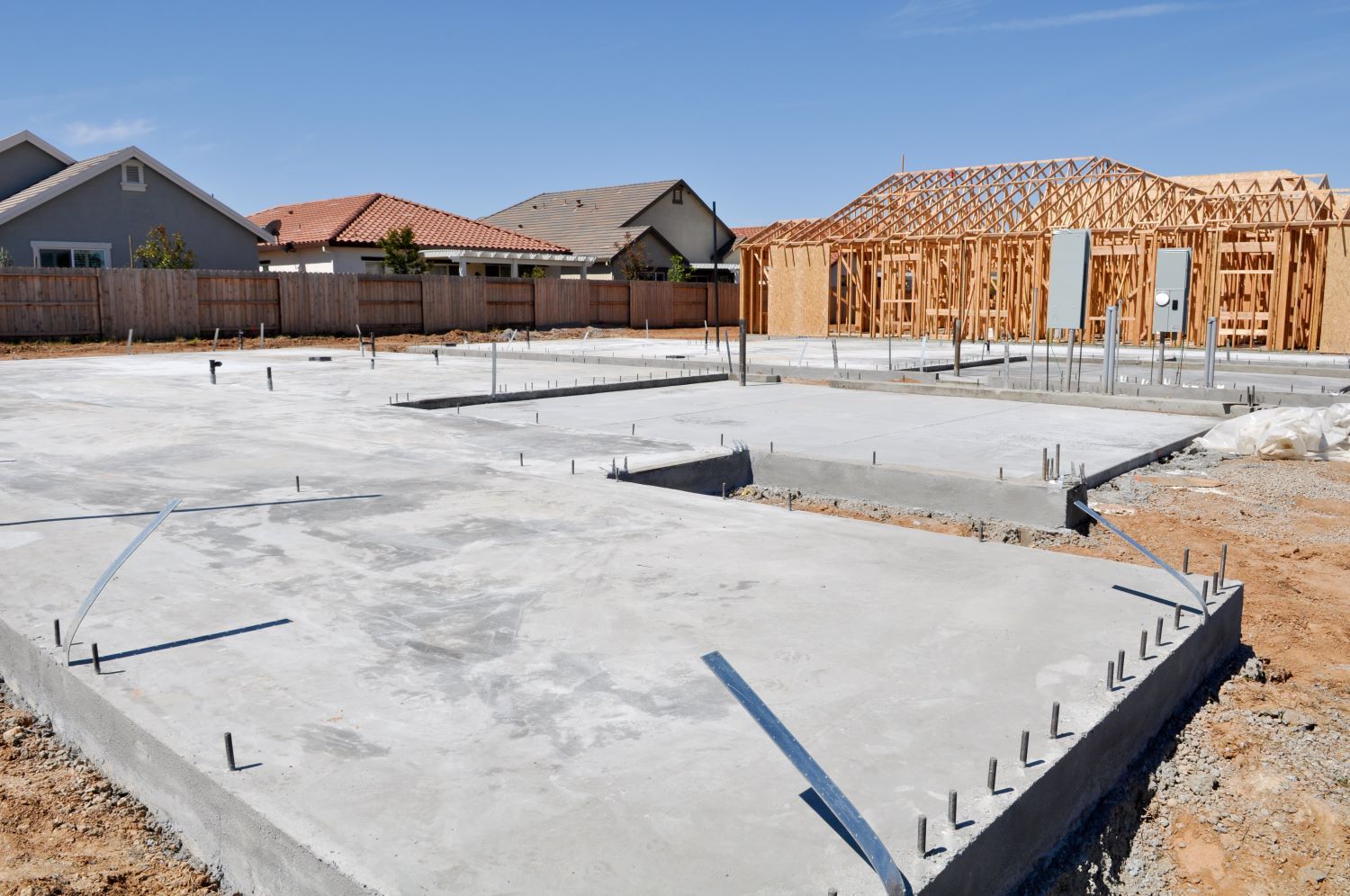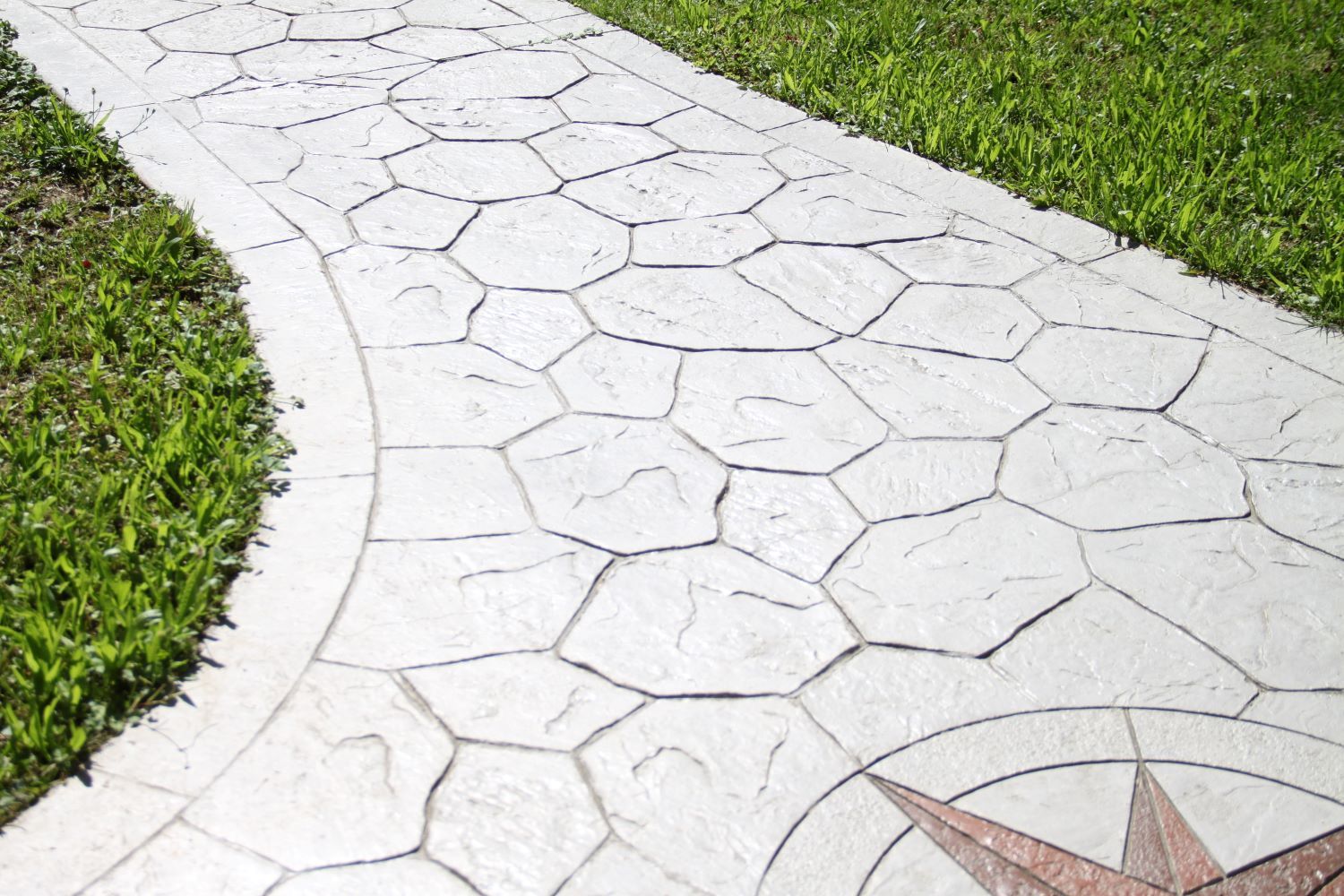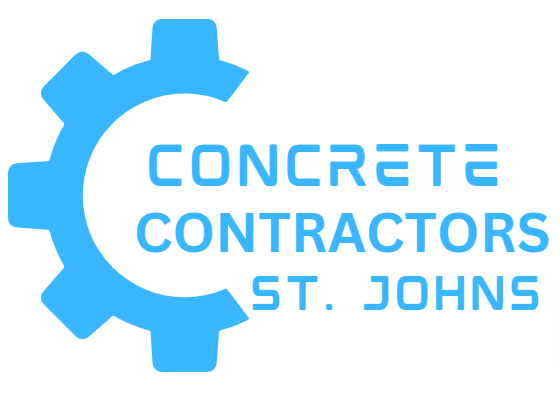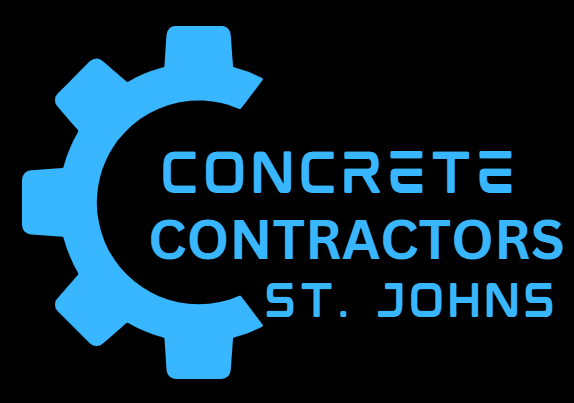Cement Pads vs. Concrete Slabs: What’s the Difference?
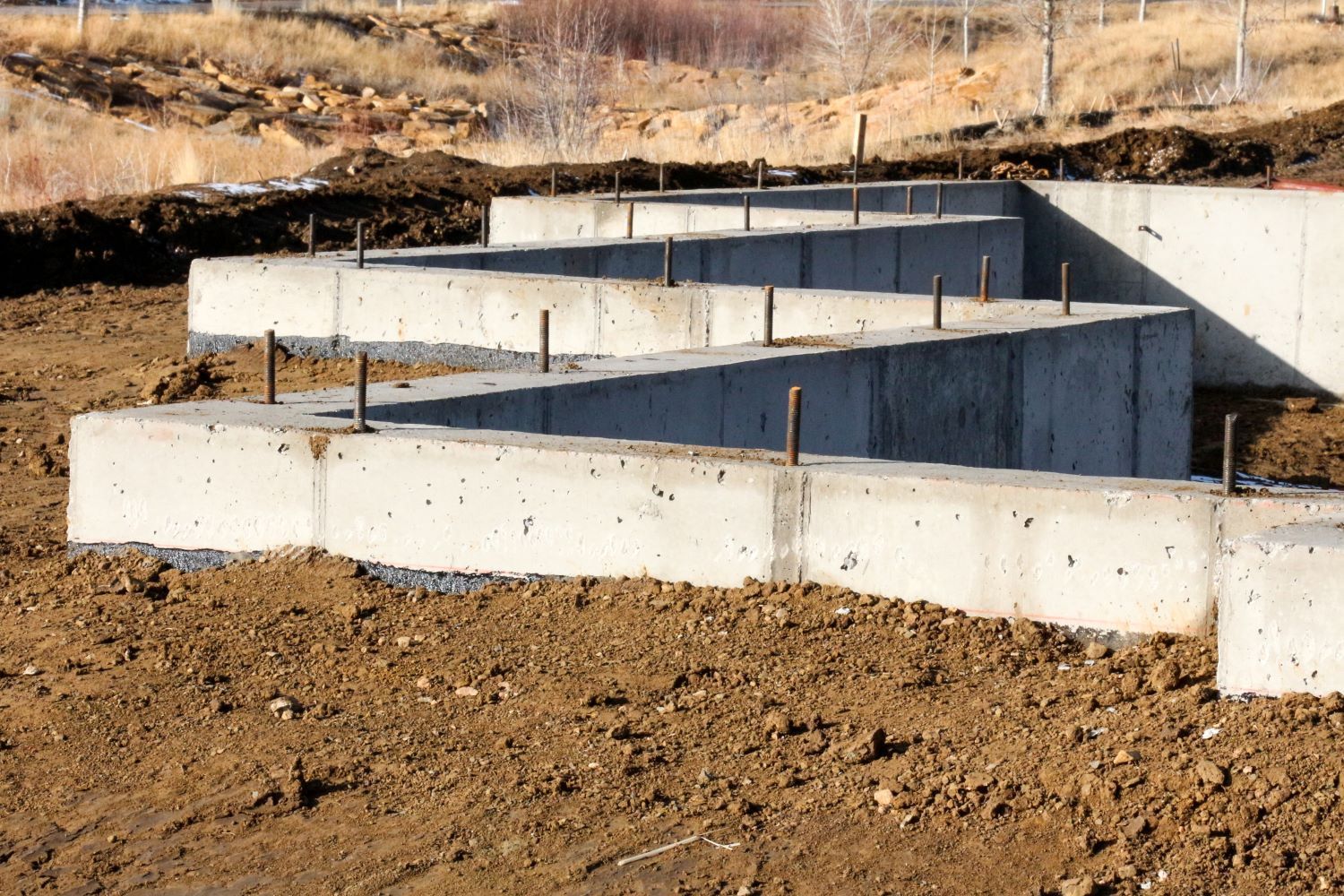
When it comes to creating durable, versatile surfaces for a variety of applications, cement pads and concrete slabs are two popular options. Whether you're looking to install a new patio, driveway, or foundation, understanding the differences between these two materials can help you make the best choice for your project. Concrete Contractors St. Johns, your local expert in St. John's, Newfoundland, is here to break down the key distinctions and benefits of each.
Cement Pads
Definition and Composition
Cement pads, often referred to as cementitious surfaces, are typically composed of cement mixed with water and a variety of aggregates such as sand or gravel. Cement itself is a binding agent that sets, hardens, and adheres to other materials, forming a strong and durable surface.
Common Uses
- Small patios
- Garden pathways
- Shed foundations
- Minor repairs
Advantages
- Ease of Installation: Cement pads are generally easier to install, making them a popular choice for DIY projects.
- Cost-Effective: They tend to be less expensive due to the simpler installation process and fewer materials required.
- Quick Setting: The setting time is relatively quick, which can be beneficial for projects that need to be completed swiftly.
Limitations
- Durability: While cement pads are strong, they are not as durable as concrete slabs and may crack under heavy loads.
- Limited Applications: They are better suited for smaller, less demanding projects.
Concrete Slabs
Definition and Composition
Concrete slabs are made from a mixture of cement, water, sand, gravel, and often other additives to enhance strength and durability. Concrete is a composite material, which makes it more robust than cement alone.
Common Uses
- Driveways
- Large patios
- Building foundations
- Garage floors
Advantages
- Strength and Durability: Concrete slabs are highly durable and can withstand heavy loads and harsh weather conditions.
- Versatility: They can be used in a wide range of applications, from residential to commercial construction.
- Long Lifespan: With proper maintenance, concrete slabs can last for decades without significant deterioration.
Limitations
- Complex Installation: The installation process is more complex, often requiring professional expertise to ensure proper curing and to avoid issues like cracking.
- Higher Cost: Due to the materials and labor involved, concrete slabs are generally more expensive to install than cement pads.
Choosing the Right Option for Your Project
Project Size and Load Requirements
For smaller projects with light loads, such as a garden path or a small patio, a cement pad may be sufficient. However, for larger projects like driveways or building foundations that will bear heavier loads, concrete slabs are the better choice due to their superior strength and durability.
Budget Considerations
If budget constraints are a major concern, cement pads offer a more cost-effective solution for smaller projects. However, investing in concrete slabs can be more economical in the long run for larger projects due to their longevity and reduced need for repairs.
Aesthetic Preferences
Concrete slabs offer more versatility in terms of finishes and designs. They can be stamped, stained, or textured to match your aesthetic preferences, while cement pads are generally more utilitarian in appearance.
Expert Advice from Concrete Contractors St. Johns
At Concrete Contractors St. Johns, we have the expertise to help you choose the right material for your specific needs. Whether you opt for a cement pad or a concrete slab, our team is equipped to provide professional installation and maintenance services to ensure your project stands the test of time.
Contact Us
For more information or to schedule a consultation, contact Concrete Contractors St. Johns today. Let us help you build strong, durable, and beautiful surfaces that enhance your property and meet your unique requirements.
By understanding the differences between cement pads and concrete slabs, you can make informed decisions that lead to successful and lasting construction projects.
